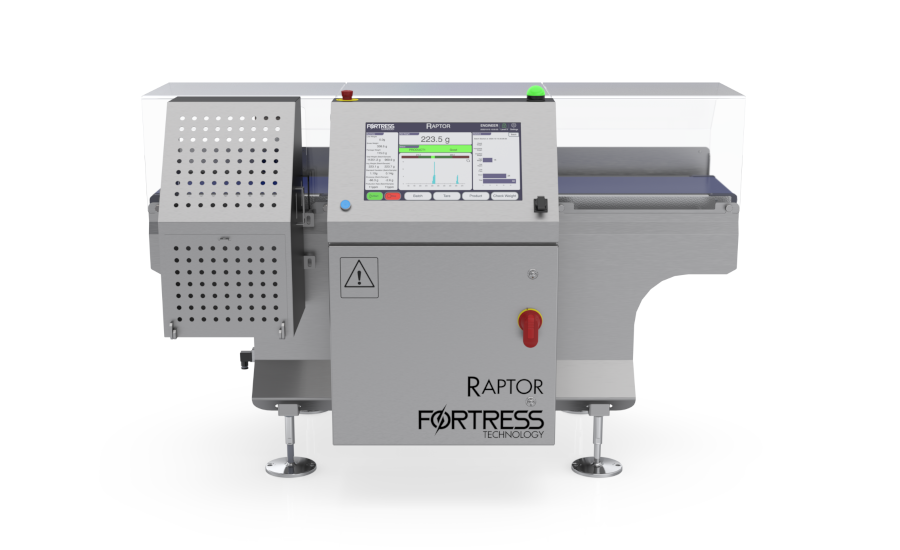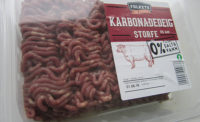Verifying the weight of packaged food commodities continues to evolve rapidly. In addition to inspecting underweight and overweight packages and ensuring compliance with net content regulations, deploying smart checkweighers at the end of food processing lines can provide a source of untapped Quality Assurance, waste reduction, and brand protection.
The global market outlook for automated checkweighing is strong. Rapid growth is on the horizon, with industry reports suggesting 4.6% CAGR each year between 2019 and 2027. The projected expansion of this sector is likely to be boosted by a number of factors.
For many FMCG manufacturers, the explosion in lifestyle-led wellbeing and ready-to-go food packs is swinging the scale towards advanced and accurate precision checkweighing. From a financial perspective, the price hikes, squeezes on profit margins and productivity-driven investments make quality checkweighing all the more imperative.
New and exciting checkweighing technology is a breakthrough advancement for food producers and robust equipment can battle price volatilities across the domestic and global supply chain. Protecting consumer-brand reputation and meeting legislative weight requirements, the right machinery can target operational inefficiencies, including upstream product giveaway, non-conforming food packs, and packaging waste.

Saving good food giveaway
Giveaway has been a long-accepted practice in food factories, rapidly leading to lost profits. Many producers are notorious at overcompensating in the filling phases to avoid falling foul of international and domestic weight legislations.
Yet, most modern checkweighers have refined their process by allowing machinery to adjust autonomously. When used in the right way, the upfront cost of a checkweighing machine can deliver ROI expeditiously. By digitizing the checkweighing process, manufacturers can achieve greater productivity and save thousands of dollars in product giveaway.
Besides reducing false rejects and product waste, the use of modern network technologies also allows saving giveaway via automatic data transmission. With integrated data collection software, everything from trends, pack rates and live OEE data is instantly reported and QA personnel can utilize this information to fine-tune production line performance.
For example, if a meat manufacturer finds inconsistencies in the size of meatballs, this indicates that the processing machinery is not running accurately. Beyond highlighting this fault, precision systems and weighing algorithms can provide a controlled feedback signal to upstream automation equipment used to portion food products. This signal specifies when to increase or decrease the fill quantity accordingly, eliminating the need for human intervention and creating an overall more seamless process.
Maintaining value during ‘shrinkflation’
Deviating from a recipe also affects the value of products; ‘free-from’ ranges are classic examples of where formulation conformity is critical. Dietary-restricted ingredients can cost over 150 percent more than conventional products, placing a greater emphasis on controlling waste and product giveaway.
Having already encountered the pandemic-related supply chain disruptions, another surge in prices is anticipated for essential commodities, such as grains, sugar, soybeans, and corn. It is expected to affect retailer pricing strategies for all types of products, including bakery items, convenience meals, pet food, and wellbeing products.
Another common practice to counteract price rises in recent years is to reduce pack sizes. Dubbed ‘Shrinkflation’, food producers firmly lay the blame on rising raw material costs for resizing packs. Applied to chocolate bars, cereal boxes, coffee, fruit juice, sausages, beers, and even toilet rolls, rather than raise the retail price, which consumers instantly spot, manufacturers downplay the issue by downsizing the product. Of course, when a reputable brand makes the decision to put less product into a container, it places even greater pressure to adhere to net weights.
Weight management market on growth curve
Globally, the weight management market is projected to grow at 8.6 percent CAGR in the next five years. For this expanding market, weight checking, and uniformity is a non-negotiable to protect to authenticity, product integrity, and brand reputation.
Sophisticated software adds full transparency to packing processes by tracking each unit weight and meeting the set parameters. Investing in the utilization of automation tools, ‘smart’ inspection and checkweighing machinery ensures strict weight targets are adhered to and that waste remains tightly controlled. In turn, this maintains food safety and production efficiency.
Combination checkweighing and inspection systems bring food plants even closer to the Smart Factory vision, whereby connected devices work alongside each other to reduce contamination, ensure food safety compliance, and boost traceability and efficiency. Smart checkweighers are more than a mandatory necessity; they are tools to capture untapped ROI by reducing product giveaway, minimizing food waste, and striving for a more productive performance line.



